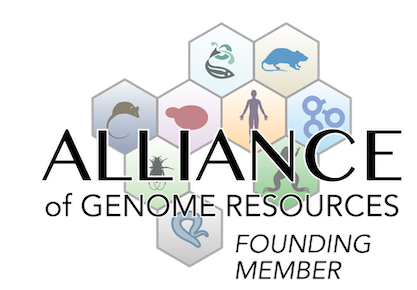behavior/neurological
| N |
• unlike double mutant mice, double-heterozygous mice display neither signs of ataxia, tremors, whole-body jerks and myoclonus nor increased ethanol sensitivity relative to wild-type control mice
|
|
• unlike wild-type mice which spend for most of their time in the corners of an open field with only brief excursions to the center, all double-heterozygous mice spend more time along the edges and show a similar increase in center-field occupancy relative to double mutant mice
|
|
• in the open field, some double-heterozygous mice display spontaneous locomotor activity intermediate between that of wild-type and double-mutant mice
• increased spontaneous locomotion is directly related to a significant increase in ambulatory time during the 60 min test period; however, the traveling speed, remains unchanged
|
growth/size/body
|
• at P45 and P100, some double-heterozygous mice reach only 10%-15% of the body weight of wild-type control mice
|



 Analysis Tools
Analysis Tools